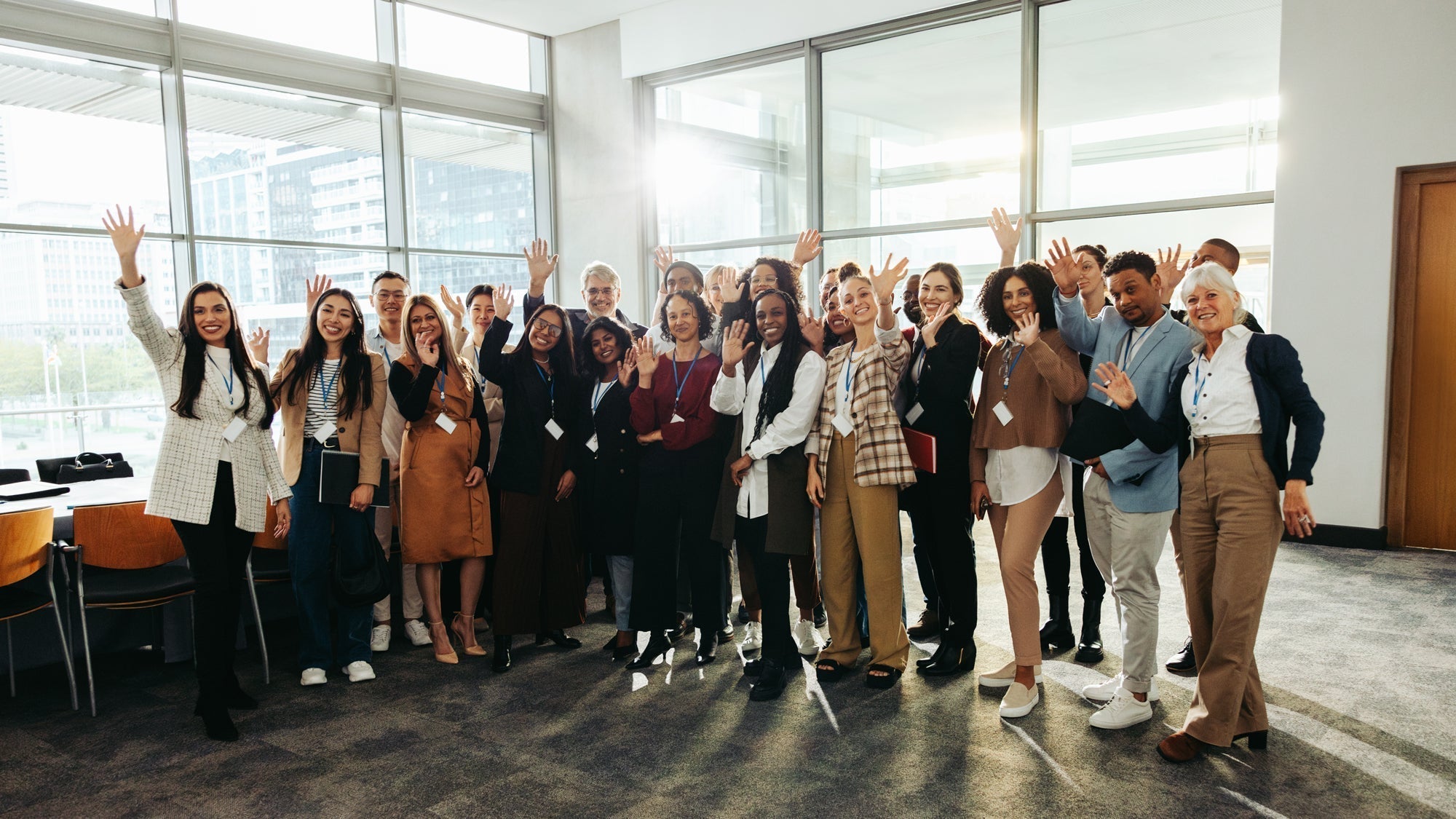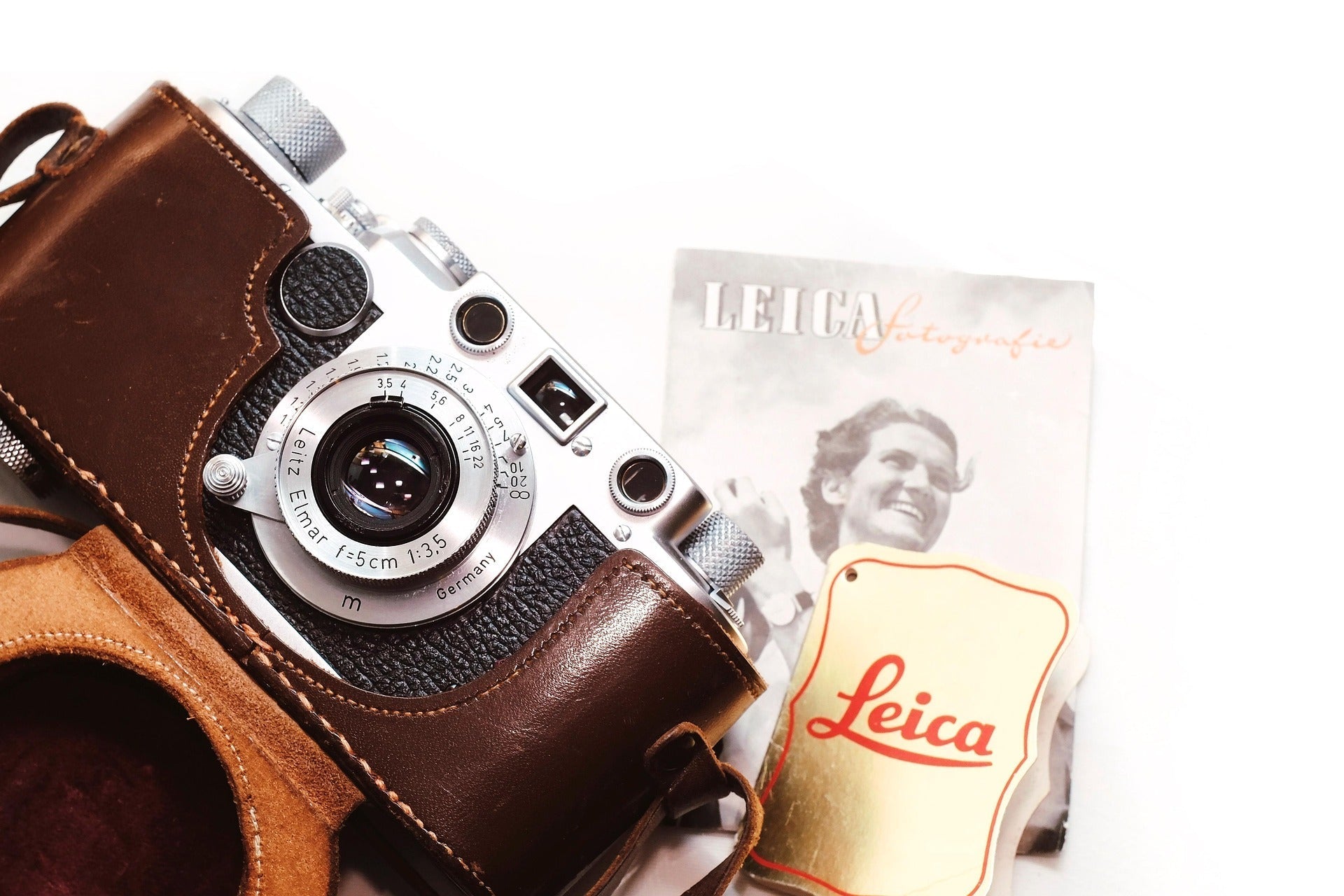
Perfect group and event photos: professional tips for impressive shots
Photographing large groups and events is a challenge even for experienced photographers. In addition to a trained eye, group and event photography also requires technical know-how and good planning. This is the only way to achieve professional event images. To help you overcome the hurdle of photographing large groups perfectly and creating atmospheric event shots, here is a comprehensive event photography guide for you. First and foremost, it contains valuable tips for optimal positioning for group photos. But we have also prepared information for you on suitable camera settings and communication with the participants.
The right preparation - planning is everything!
The key to successful group and event photography is well thought-out and thorough preparation. That's why it's important to find out about the schedule and special features of the event in advance. Research on the Internet or ask the organizer about important program points, prominent guests and special moments that should definitely be captured. If possible, familiarize yourself with the location, lighting conditions and any restrictions on site in advance.
The most important preparation steps include
- Check the equipment: use a fast lens and pack an external flash. Then you won't have to resort to the internal flash if the lighting is insufficient.
- Inspect the venue: Have a look around in advance so that you can scout out the best locations for group photos and spontaneous shots.
- Check the weather conditions: Prepare for changing light conditions at outdoor events. Bring a reflector or diffuser with you if necessary.
- Clarify the schedule: Ask the organizer about special program points. This will ensure that you don't miss any important moments.
- Have spare batteries and extra memory cards ready: Nothing is more annoying than a suddenly flat battery or a full memory card!
A well-designed camera bag or a functional rucksack not only makes it easier to transport your equipment, but also helps you to keep track of everything when you spontaneously change locations. A well-organized bag with compartments for spare batteries and additional memory cards pays off, especially at dynamic events such as weddings, company parties or large family celebrations, as there is usually no time for long searches.

Group photo positioning and composition
The arrangement of the people in a group photo has a considerable influence on the effect of the picture. Well thought-out positioning ensures a harmonious overall picture. And it's not just about ensuring that everyone is clearly visible. Here are a few tips for the perfect arrangement of group photos:
- Put the main people in the center: the most important people should be in the middle of the photo.
- Work with several rows: Place the people at different heights. Use platforms, chairs or stairs for this. You can also ask the first row to squat down.
- Avoid empty areas: Larger gaps between the individual people make the photo look unbalanced.
- Encourage interaction between the people: It looks natural when they lean towards each other, for example, or interact in other ways.
- Pay attention to symmetry: Position the people so that they are evenly arranged. This ultimately ensures a professional and appealing photo.
Camera settings for group photos
Photographing large groups correctly requires a little sensitivity for the right technical settings. Otherwise you won't be able to capture all the people in the best possible way. An important point in this context is the choice of aperture. If the aperture is too wide open, some people will be blurred - and of course you don't want that. The following therefore applies to group photography: work with a closed aperture in the range of f/8 to f/11, as this keeps everyone in focus.
You must adjust the ISO value accordingly. This is because the further you close the aperture, the less light falls on the sensor. You can compensate for this with a higher ISO value. However, this value should not be too high, as this will result in unattractive image noise. The exposure time also gives you the opportunity to influence the brightness of the image. The longer it is, the more light hits the sensor and the brighter the photo will be. However, remember: Excessively long exposure times increase the risk of camera shake and blurring. You should therefore always work with a tripod. If the lighting conditions are too poor, you will have no choice but to work with external light sources.
We also recommend using a wide-angle lens. With a focal length of 16 to 35 millimetres, you can also capture larger groups in a photo. However, avoid placing people right at the edge. Due to the design of the lens, this can lead to distortions that make the people photographed appear unusually wide. Incidentally, it is worth taking several shots in quick succession, especially with large groups. This gives you a larger selection of photos at the end and ensures that nobody has their eyes closed or is grimacing.
Especially during intense event days, it pays to equip the camera with a secure carrying system such as a high-quality hand strap or camera belt. This not only allows you to keep control, but also protects your equipment from being grabbed quickly - especially in crowds. Durable camera straps and loops combine functionality with style and safety.

Communication with the group
Friendly and clear communication makes it easier to work with large groups and contributes to a relaxed atmosphere. Keep one thing in mind when photographing large groups: your communication should be clear, precise and relaxed at the same time. Give quick, easy-to-understand instructions - long explanations often lead to restlessness and distraction. Lighten the mood with a little joke or a humorous remark and ensure natural facial expressions. A simple countdown can help to draw everyone's attention to the camera at the same time - three, two, one - click! This creates harmonious group photos with a coherent dynamic.
Photography at events: how to take authentic snapshots
Of course, event photography is not just about classic group photos. Reportage photography also plays a central role - it captures the atmosphere and character of an event in an authentic way. To achieve this, it is worth paying attention to natural interactions: A hearty laugh, applause or a spontaneous hug lend vibrancy and emotion to the shots. Equally important are the small details that are often overlooked - close-ups of lovingly arranged decorations, artfully arranged dishes or special accessories give the visual material a personal and narrative depth. Last but not least, the choice of perspective makes a decisive contribution to the effect: By deliberately photographing from different angles, you create visual variety and capture the event from multiple perspectives - the result looks lively, dynamic and multi-layered.

Conclusion: Perfect group and event photos with these tips
With the right preparation, good positioning for the group photo and well thought-out camera settings, you can achieve perfect event photography. Use our photo tips for events to create lasting memories in the form of professional event photos. Remember: both group photos and spontaneous snapshots are important for capturing the atmosphere and highlights of an event in the best possible way.
Use equipment that thinks along with you - such as high-quality camera bags and accessories that protect your equipment and help you to concentrate fully on the moment. Whether for weddings, company celebrations or cultural events, functional and elegant accessories can support you in style at any event.


